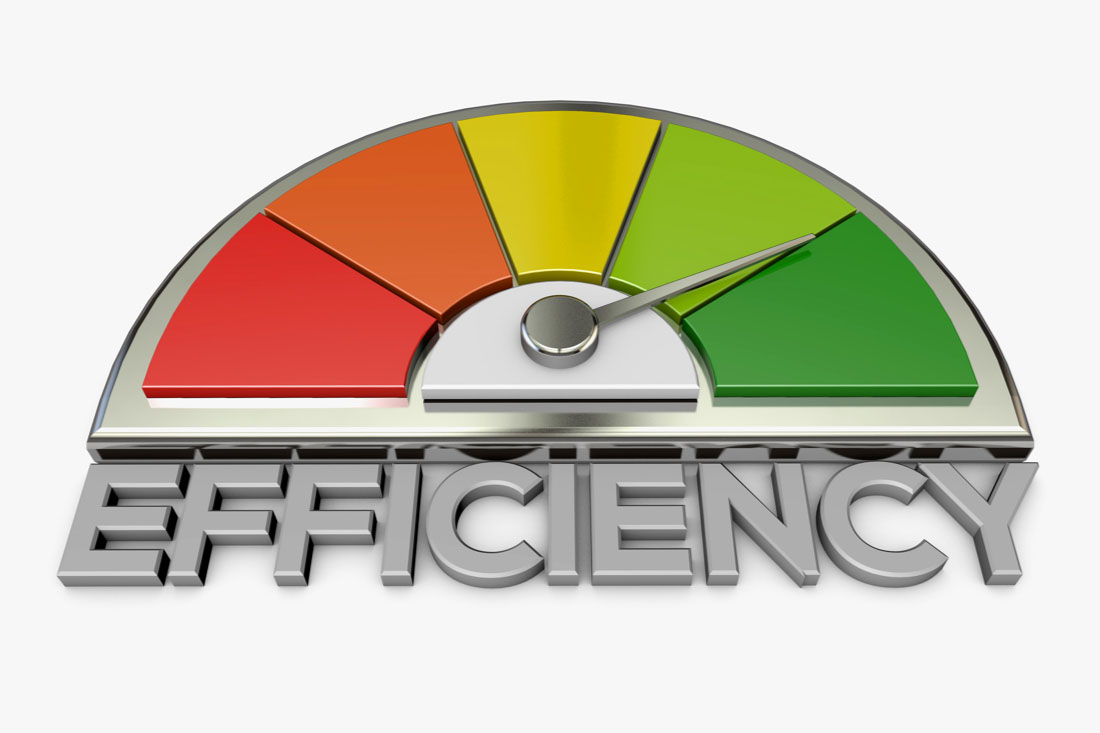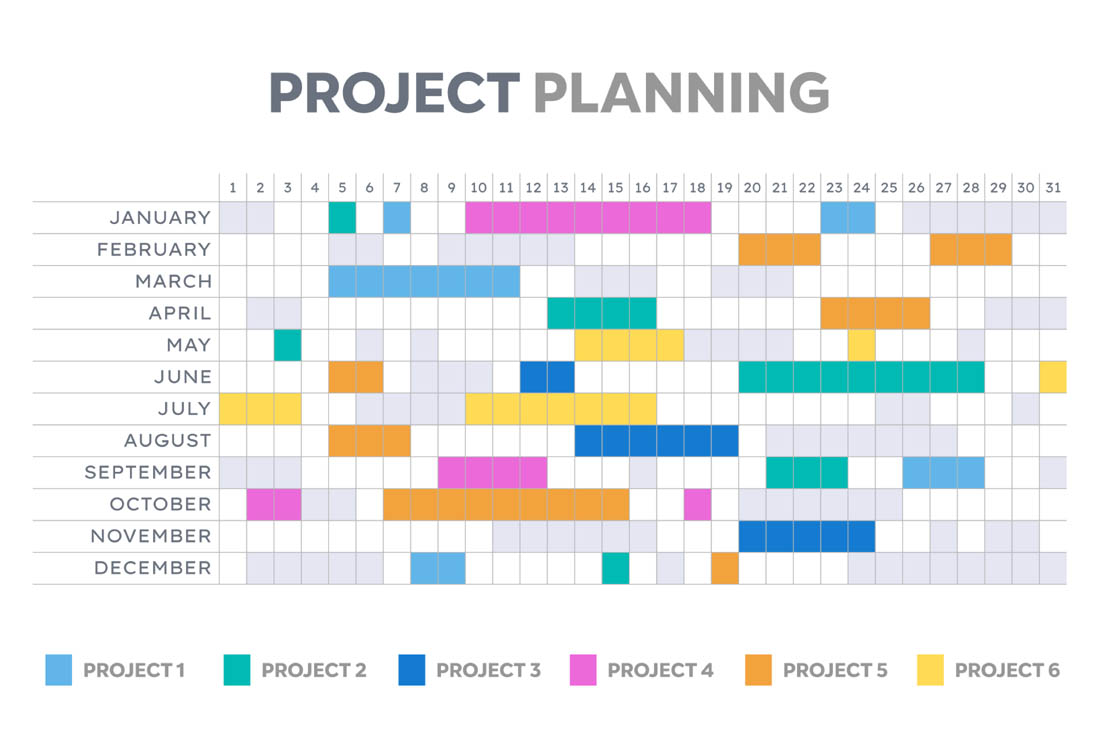Competitive businesses prioritize improving work efficiency for their employees to meet organizational goals, increase profitability and improve employee engagement. From streamlining communication to embracing new technology, businesses use several strategies to optimize operations and enhance workplace efficiency.
In this post, we share eight tips to improve work efficiency to drive success in your organization.
What is work efficiency?
Work efficiency comes from producing the greatest quantity of deliverables using the least amount of resources such as time, effort and materials. High efficiency also typically increases productivity, so improving work efficiency can have many positive effects that correlate with business success.
Consider a software company that customizes solutions for other businesses. Historically, they start all projects from scratch, which requires manually writing every line of code for the solution they create. However, the company may achieve greater efficiency by using pre-built templates as a starting point for similar projects. Through this process improvement, the company increases work efficiency by reducing time and effort going into each deliverable.
8 tips to improve work efficiency
While every organization is different, businesses can improve their workplace efficiency in several ways, regardless of industry, mission or size.
1. Define workplace efficiency
The first step in increasing efficiency is defining what “efficiency” means to your organization, teams and individual contributors. Whether it’s finishing development projects within a shorter timeframe or producing a set number of products using fewer materials, determine what efficiency goals will look like in broad terms.
2. Track efficiency and productivity
After defining efficiency in general, it’s time to quantify it using data. Doing this sets a baseline so you can monitor progress as you implement strategies to improve work efficiency. Tracking efficiency metrics will vary based on the nuances of your situation, but using a robust workforce analytics platform provides data on both efficiency and productivity. You get insights about how people work, including factors that positively and negatively impact efficiency and productivity. Plus, you establish a baseline to track progress. In the short term, you may see some immediate opportunities for improvement and in the long term, you can spot trends that may help you anticipate results and plan ahead.
3. Balance workloads
Overworked employees are less productive and efficient. They’re also more likely to have stress-related health issues, be disengaged or even suffer from burnout. High amounts of overtime, declining work quality and increased absenteeism are all signs that employees are being pushed to their limits. Worse yet, these issues are often contagious as employee morale is affected.
Quickly spotting signs of overwork or burnout with workforce analytics empowers you to balance workloads and prevent these negative effects. Balancing workloads helps employees who take on more than they can handle. It also redistributes that extra work to underutilized employees so they can contribute more and increase total output.
4. Improve the work environment
A poor work environment detracts from work efficiency. For example, putting frequently used equipment in places away from employees who need them leads to lots of time wasted by walking back and forth. This can also apply to remote and hybrid employees, as people in these flexible work arrangements may not have the same resources at home as they do in the office. As a manager, it’s your responsibility to ensure each employee has a work environment that’s conducive to success, whether that means utilizing office space better or providing remote and hybrid employees with additional resources to match the capabilities they’d have in the office.
5. Streamline processes
While improving work efficiency may include changes at a high level, you may find equal opportunity for improvement by analyzing your internal processes. Inefficient processes waste time, materials, or effort — though it doesn’t always mean the entire process is a problem, it could be a single step. With workforce analytics software, drill down into how people work and see if any processes or steps require more resources than expected. Once you find an issue, talk with the people who perform that function and see if they have ideas to streamline the process. By talking with the people directly involved, you’ll get first-hand guidance on improving the process, or they may tell you steps that don’t serve any value and can be eliminated to enhance efficiency.
6. Encourage breaks
Focus is a finite resource for employees, and every individual requires time away from work and thinking to recharge their batteries. If your organization considers breaks a waste of time, it’s time to reframe that thought process. Stepping away from work helps employees relax for a small portion of time so they can maintain a high level of performance throughout the day.
Studies show taking the right kind of breaks matters, too. While you can’t control how employees spend their free time, encourage them to take breaks away from screens instead of scrolling social media or answering emails. These activities overload the prefrontal cortex, leading to even more stress. Instead, give employees other ways to recharge, such as going for a walk, having a snack in a designated breakroom or otherwise stepping away from technology.
7. Focus on progress instead of perfection
Increasing work efficiency is a long process, and you’ll likely encounter obstacles. Instead of demanding perfection, monitor how your organization progresses toward greater efficiency over time, including team and individual progress. Recognize and reward improvements as they happen rather than focusing exclusively on hitting a long-term goal. Doing so acknowledges the efficiency improvements that employees work toward, and reiterates that this is an important goal that should be kept top of mind.
8. Get feedback
Communication is key to any new business process and improving efficiency is no exception. Remember that communication is a two-way street. Solicit feedback from managers, leaders and individual contributors to get a better sense of how your efforts are working or where they may need tweaking. If you’re using workforce analytics software, you can share reports about efficiency changes to get their perspective and recommendations on the data. Discussing findings and collaborating on the next steps will also increase buy-in for any changes you plan to implement.
Improve work efficiency with ActivTrak
Take the first step in enhancing your organization’s work efficiency with ActivTrak’s comprehensive workforce analytics platform. Gain deep insights into productivity, efficiency and employee well-being with our award-winning solutions tailored for any work environment. Optimize operations, improve employee engagement and drive sustainable growth with actionable insights based on real-time data from your workforce. Contact our sales team today to get started!





